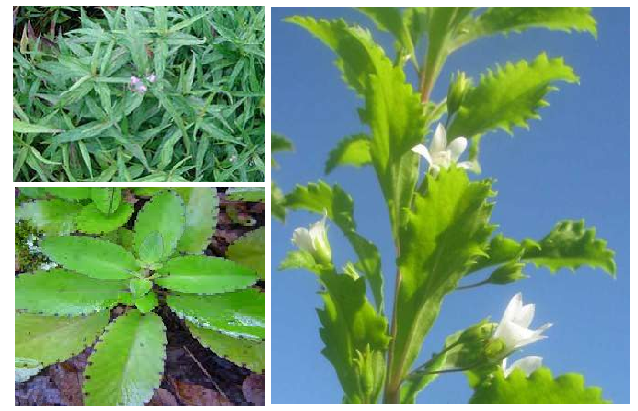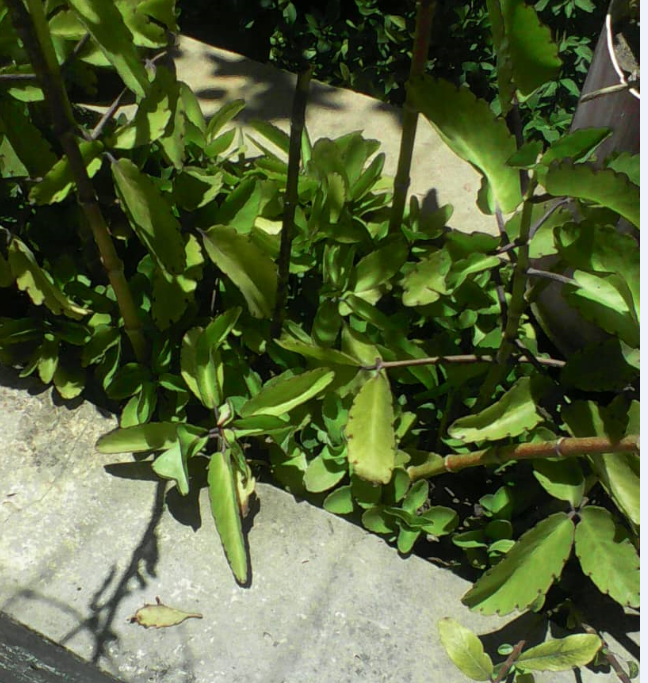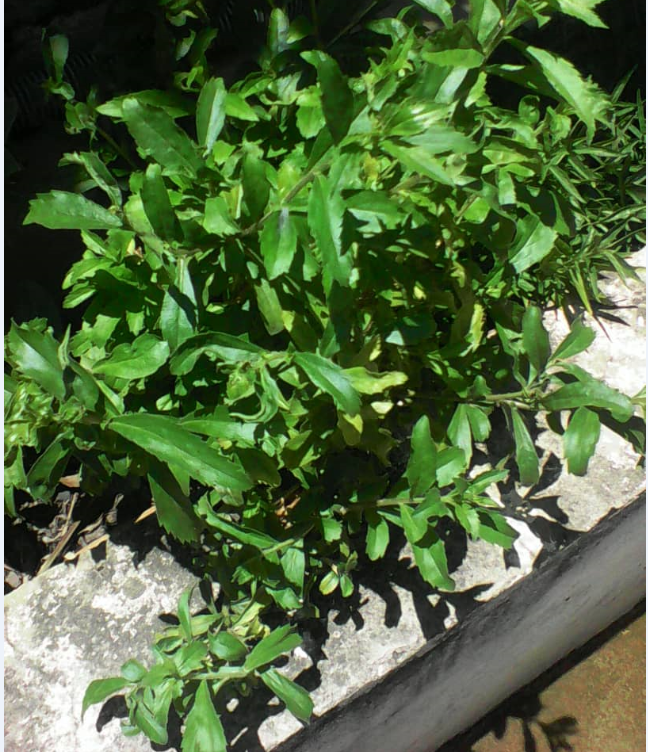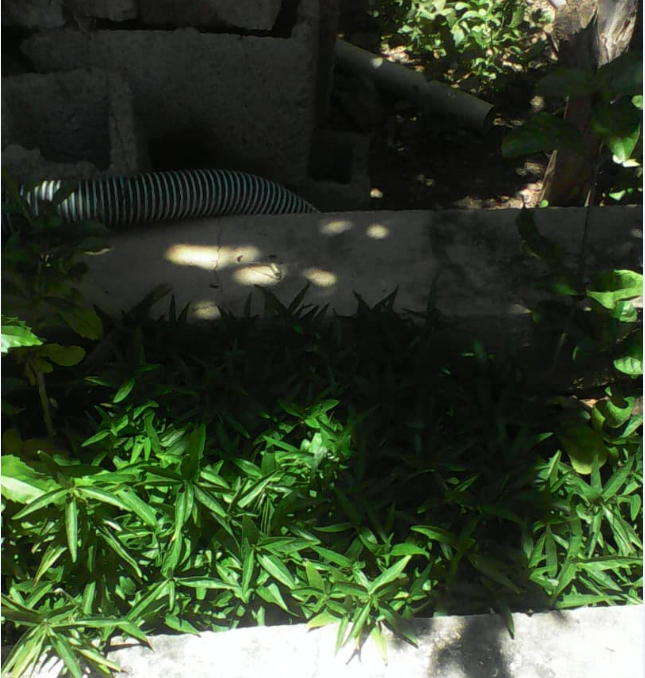Hi my beautiful people of the @naturalmedicine community!!!!
Hola mi hermosa gente de la comunidad @naturalmedicine!!!!
I am pleased to share with you the healing properties of three very useful plants that are currently used to cure certain ailments and diseases. These plants are: Liberator, Fregosa and Lime tree are plants with healing properties. I have always used them to cure diseases or ailments and more in recent times where every day there are more viruses and any ailment where merit its use.
Me complace compartir con ustedes las propiedades curativas de tres plantas muy útiles que actualmente se utilizan para curar ciertas dolencias y enfermedades. Estas plantas son: Libertadora, Fregosa y el Tilo son plantas con propiedades curativas. siempre las he utilizado para curar enfermedades o dolencias y más en estos últimos tiempos donde cada día aparecen más virus y cualquier dolencia donde amerite su utilización.


Its scientific name is Kalanchoe pinnata, its leaves are fleshy and thick. It is known by other names such as: Yerba bruja, hoja del aire or siempreviva, libertadora. Many medicinal properties are attributed to it. It is excellent for digestive problems because it has anti-inflammatory properties, thus exerting on the digestive system for better digestion is prepared as a tea and can be sweetened with honey or papelon. It is recommended to be added to salads. It has a diuretic action, when there is fluid retention or inflammation of the urinary tract, take a cup of tea at least three times a day. To soothe coughs it is recommended to prepare tea from these leaves and just before bedtime drink an infusion of its leaves. Then do not drink water after drinking the infusion. I remember when I was about fifteen years old I got hepatitis A and I had a lot of pain on the right side of the abdomen where the liver is located and my grandmother used to put the libertarian leaves to soothe the pain, she put them to heat in a pan and put it on that area and it really calmed the discomfort of the inflamed liver.
Su nombre científico es Kalanchoe pinnata, sus hojas son carnosas y gruesas. Se le conoce con otros nombres tales como: Yerba bruja, hoja del aire o siempreviva, libertadora. Se le atribuyen muchas propiedades medicinales. Es excelente para los problemas digestivos ya que posee propiedades antiinflamatorias, ejerciendo así sobre el aparato digestivo para una mejor digestión se prepara en forma de té y puedes endulzar con miel o papelón. Es recomendable que se le agreguen a las ensaladas. Tiene una acción diurética, cuando hay retención de líquido o inflamación de las vías urinarias, tomar un taza en forma de té por lo menos tres veces al día. Para calmar la tos se recomienda preparar te de esta hojas y justo antes de dormir tomar una infusión de sus hojas. Luego no tomar agua después de haber ingerido la infusión. Recuerdo que cuando tenia como quince años me dio hepatitis A y me dolia mucho el lado derecho del abdomen donde se encuentra el hígado y mi abuela me colocaba las hojas de libertadora para calmar el dolor las ponía a calentar en un sartén y tibiecita me la ponía en esa zona de verdad me calmaba el malestar del hígado inflamado.

Its scientific name is Capraria biflora. It is known in other countries under the name of: majuito de Cuba, escabiosa, tea of the Antilles or tea of America, etc. It is a shrub that is easy to reproduce in a short time. Many healing properties are attributed to it: it is a potent antibiotic and anti-inflammatory, coadjuvant in kidney problems, excellent for treating colds and helps to lower fever, it is used to help menstruation problems, such as pains and ovarian problems. It is important not to exceed the recommended amount which is 30 grams in a liter of water and can be consumed up to three times a day or one cup daily.
Su nombre científico Capraria biflora. Se conoce en otros países con el nombre de: majuito de Cuba, escabiosa, té de las Antillas o té de América, etc. Es un arbusto que es fácil de reproducir y en corto tiempo. Se le atribuyen muchas propiedades curativas: es potente antibiótico y antiinflamatorio, coadyuvante en los problemas renales, excelente para tratar resfriados y ayuda a bajar la fiebre, se utiliza para ayudar a los problemas de la menstruación, como dolores y de ovarios. Es importante no excederse de la cantidad recomendada la cual es 30 gramos en un litro de agua y puede consumirse máximo tres veces al día o una taza diaria.

Its scientific name is Tilia platyphyllos. It is known as linden or lime blossom. It is attributed medicinal properties especially to calm the nerves, anxiety, improves insomnia. And excellent as a muscle relaxant for its antispasmodic action and calms asthma, common cold and cough. It is a powerful antioxidant because it is rich in flavonoids and has a diuretic action. It is best consumed in infusions and has a pleasant taste. In a cup of boiling water add a teaspoon of linden leaves, let stand then drink sweetened with honey or papelon.
Su nombre científico Tilia platyphyllos. Se le conoce como tilo o tila. Se le atribuyen propiedades medicinales especialmente para calmar los nervios, la ansiedad, mejora el insomnio. Y excelente como relajante muscular por su acción antiespasmódica y calma el asma, el resfriado común y la tos. Es un potente antioxidante ya que es rico en flavonoides.Posee acción diurética. La mejor forma de consumirlo es en infusiones y es de agradable sabor. En una taza de agua hirviendo agregar una cucharadita de las hojas de tilo, dejar reposar luego tomar endulzar con miel o papelón.



Translation was performed at Deepl.

Hola @mariela53 muy interesante tu contenido, recordé que hace algunos años utilice la planta de la fregosa para acabar con los parásitos de un gato callejero que llegó a mi casa y fue efectivo. Saludos!